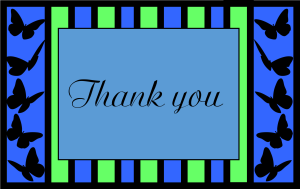
This week at the Carrot Ranch, Charli Mills challenged writers to In 99 words (no more, no less), write a story about what it means to be a literary artist. You can pull from your own experience, re-imagine the idea, or embody something else in a character. Be playful, go deep, and let your story flow. Go where the prompt leads!
This is my response. I hope you enjoy it.
If only …
In her mind she was a literary artist, painting exquisite word pictures and enthralling plots, her titles on everyone’s lips. When it didn’t eventuate, she blamed busyness and writer’s block. She could have, if only.
He dreamed of being a musical artist, composing melodies to make hearts sing, first choice of orchestras everywhere. When it didn’t emerge, he cited family responsibilities. He could have, if only.
They pictured themself as a visual artist, creating magnificent sculptures commissioned by international celebrities. When it didn’t evolve, they howled discrimination and poor upbringing. They could have, if only.
Might have, if only.

Thank you for reading. I appreciate your feedback. Please share your thoughts.

Note: The collection of stories made in response to the previous prompt A Smear of Jam, including mine, can be read at the Carrot Ranch.
























